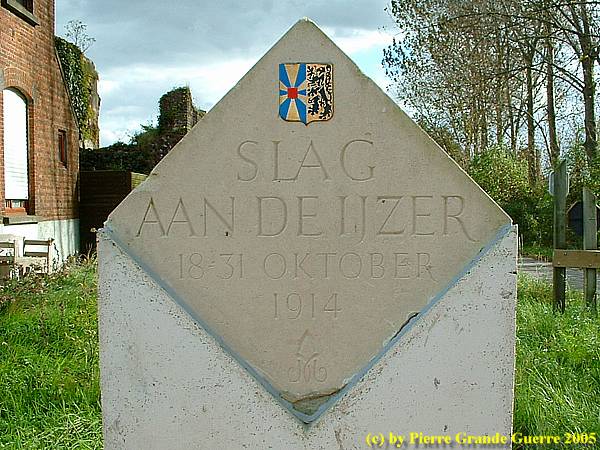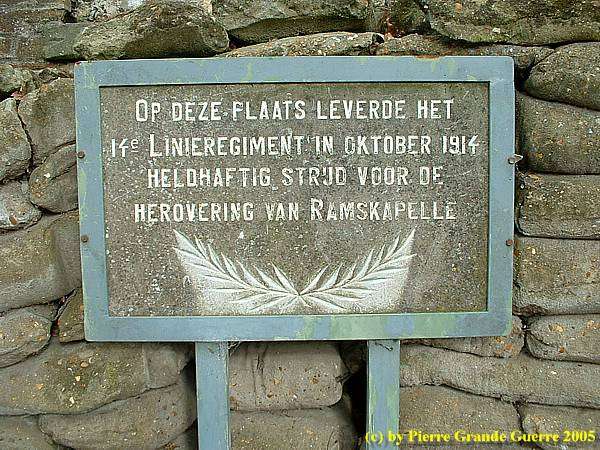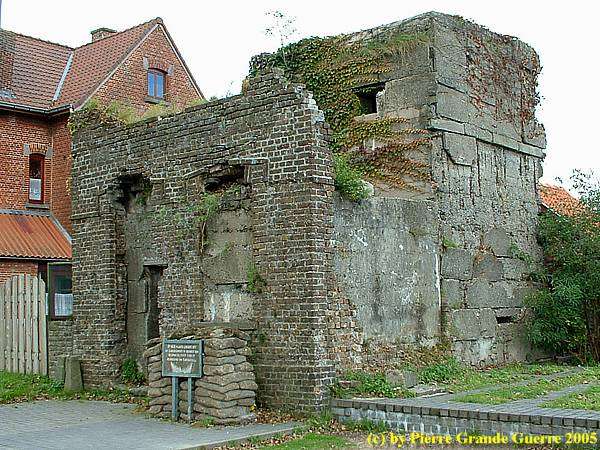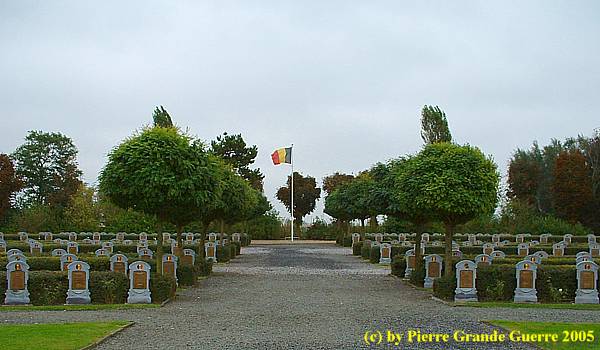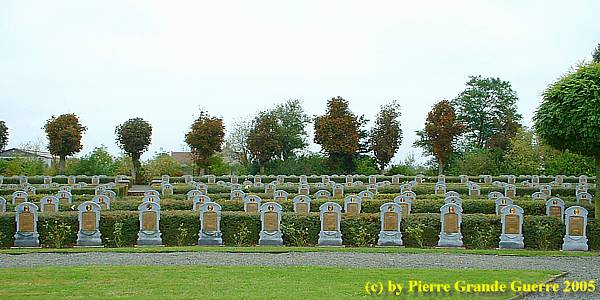YZER FRONT 1 - Nieuwpoort - Ramskapelle
Year of visit: 2005

A visit in 4 parts to the front along the banks of the Yzer river.We start at the most western point of the front, at the Belgian lines, Nieuwpoort or Nieuport, next we continue southward via Ramskapelle, to Pervijze, Tervate, Stuijvekenskerke, and to the Trench of Death in Dixmuide, next to the former German lines via Leke and Vladslo to finish in Houthulst.
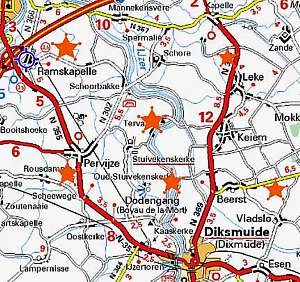
The former lines of the Belgian Army were west and south of the Yzer river. The most western point of the front was the sluices complex of "Goose Claw", Ganzenpoot, at Nieuport, and beyond southward, the left bank of the Yzer river, the village of Ramskapelle.

Nieuport or Nieuwpoort, on the location of the Ganzenpoot sluices stands the Monument to commemorate King Albert I, Commander in Chief of the Belgian Army, who retreated at nearby Veurne.

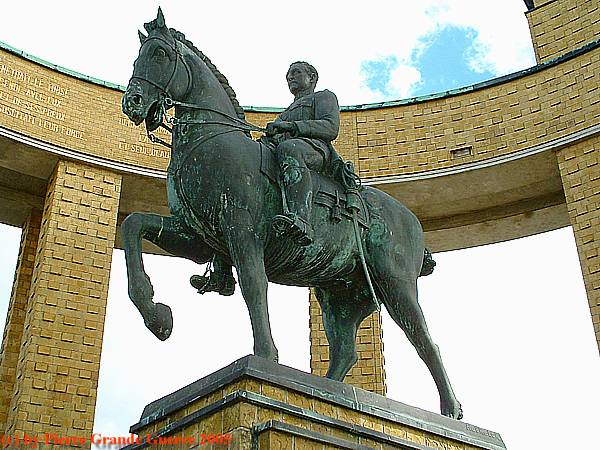
At Ganzenpoot, the most western point of the front, stands the memorial for the 566 British soldiers without a grave, who died in the Battle of the Yzer, late October 1914.

From this location, a sluices complex with 5 "arms" or "toes" , called Ganzenpoot, "Goose Claw ", ...
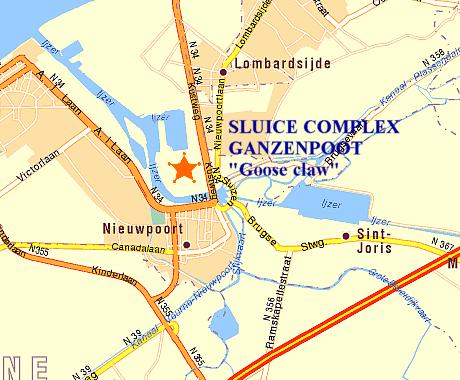

... Belgian engineers caused during the night of 28/29 oktober 1914 an inundation, ...

... a controlled flooding by opening the doors of the sluices, ...

... letting in the water from the sea on time of high tide into the lower polders ,...
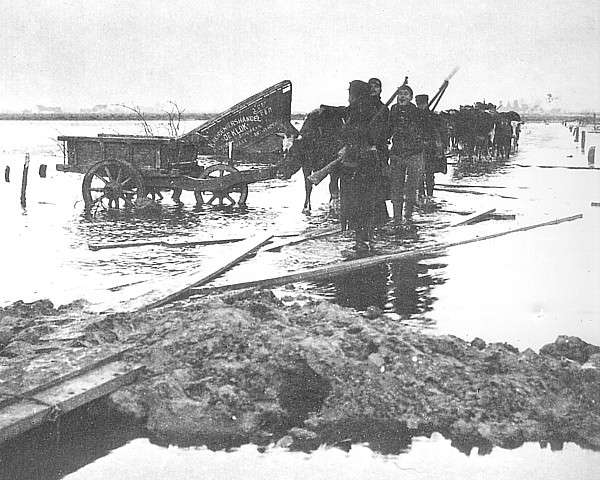
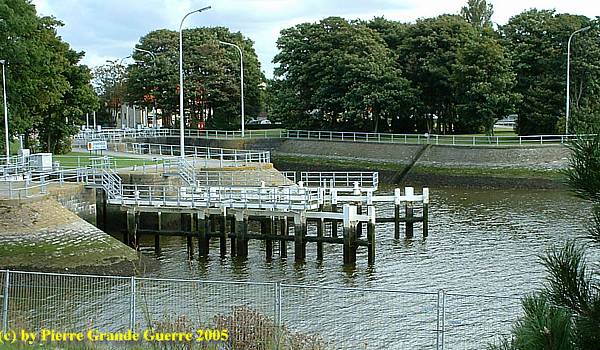
We continue to Ramskapelle.
